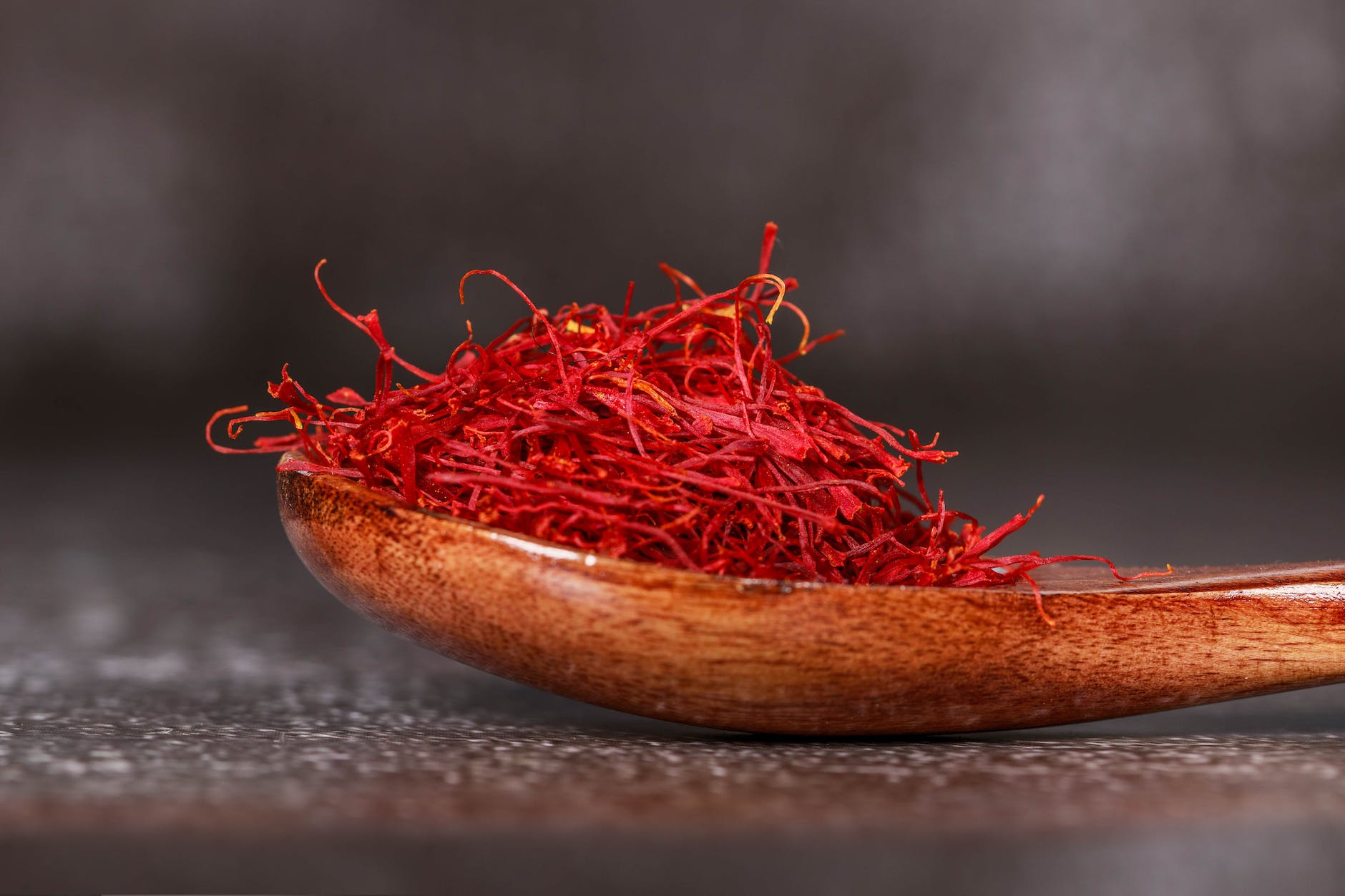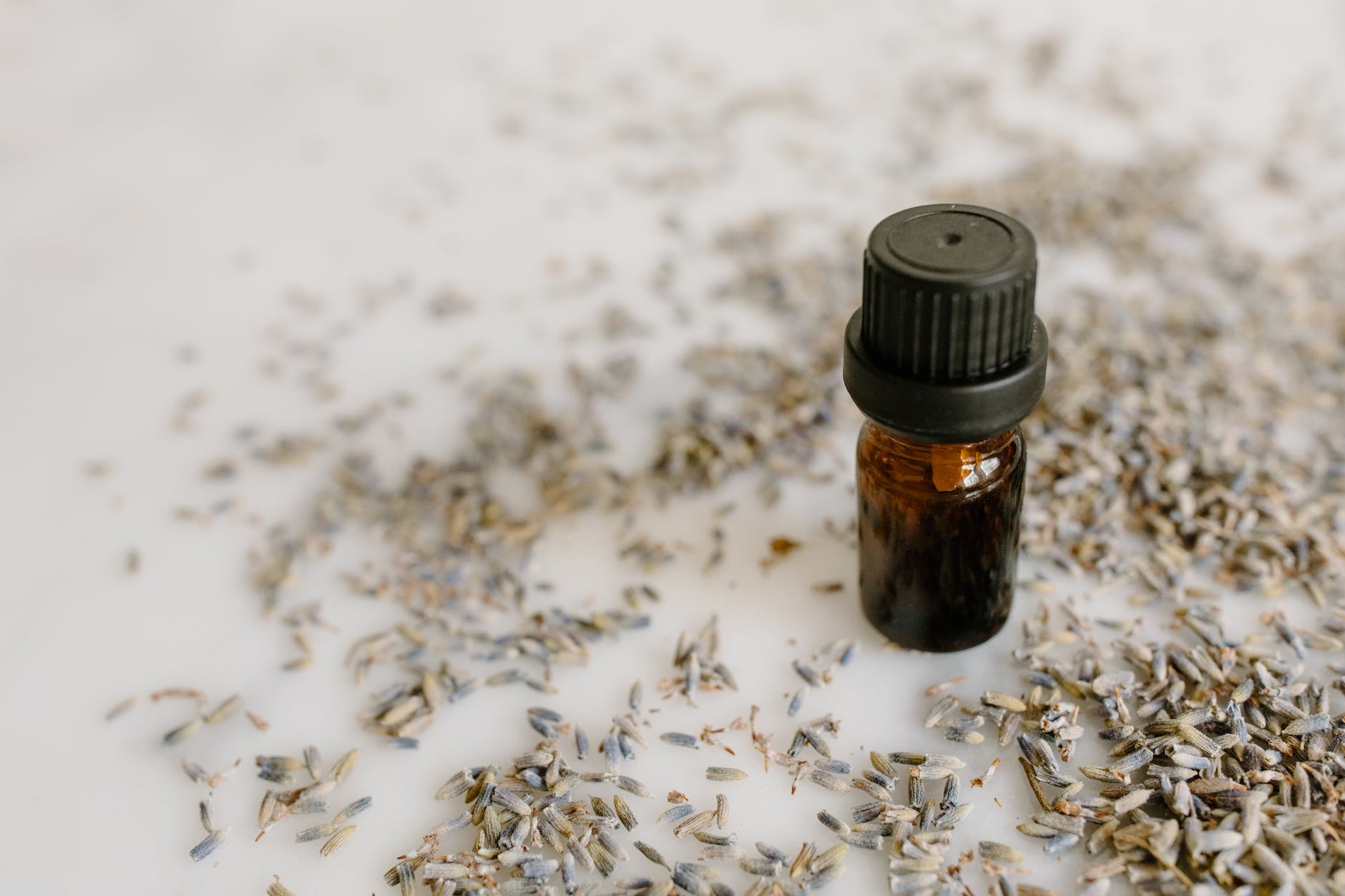
Introduction: Are you searching for a flavorful and natural way to spice up your weight loss journey? Look no further than the powerful combination of ginger, turmeric, and lemon. These three ingredients not only add a burst of taste to your dishes but also offer a range of health benefits that can support your weight loss efforts. In this blog post, we will explore how ginger, turmeric, and lemon can enhance your weight loss journey, from boosting metabolism and curbing cravings to aiding digestion and providing detoxification support. Get ready to ignite your taste buds and supercharge your weight loss goals with these sensational spices. Let’s dive in!
- 💪 Ginger: Boosting Metabolism and Curbing Cravings 🍽️
Ginger, with its distinct spicy flavor, is a versatile spice that can provide a significant boost to your weight loss journey. It has thermogenic properties, meaning it can increase your body’s metabolic rate and promote calorie burning. By incorporating ginger into your meals or enjoying ginger-infused beverages, you can help rev up your metabolism and support your weight loss goals. Additionally, ginger has appetite-suppressing qualities, helping to curb cravings and reduce the temptation to overeat.
- 🌿 Turmeric: Enhancing Metabolism and Reducing Inflammation ⚡️
Turmeric, the golden spice known for its warm and earthy flavor, offers a range of benefits for weight loss. Curcumin, the active compound in turmeric, has been shown to boost metabolism and increase fat burning, supporting weight loss efforts. Additionally, curcumin has potent anti-inflammatory properties that can help reduce inflammation in the body. Inflammation has been linked to weight gain and metabolic imbalances. By incorporating turmeric into your meals or enjoying turmeric-infused drinks, you can harness its metabolism-boosting and anti-inflammatory effects.
- 🍋 Lemon: Supporting Detoxification and Hydration 💦
Lemons, with their tangy and refreshing taste, are not only a flavorful addition to your dishes but also a valuable asset in your weight loss journey. Lemons are rich in vitamin C and antioxidants, which play a crucial role in supporting detoxification and neutralizing harmful free radicals in the body. Drinking lemon water or incorporating lemon juice into your meals can help stimulate digestion, promote detoxification, and support hydration. Proper hydration is essential for weight loss as it helps maintain optimal bodily functions and supports metabolism.
- 🥗 Incorporating Ginger, Turmeric, and Lemon into Your Diet 🍽️
To reap the benefits of ginger, turmeric, and lemon for weight loss, it’s important to incorporate them into your daily diet. Here are some practical tips to spice up your meals and enjoy the weight loss benefits:
- Add freshly grated ginger to stir-fries, soups, or smoothies for a zingy kick and metabolism boost.
- Sprinkle turmeric powder onto roasted vegetables, grains, or eggs for added flavor and its metabolism-boosting properties.
- Squeeze fresh lemon juice over salads, fish, or infused water for a burst of tangy freshness and detoxification support.
- Try a refreshing ginger, turmeric, and lemon detox water by combining grated ginger, turmeric powder, and lemon slices in a jug of water. Let it infuse overnight for maximum flavor and health benefits.
Conclusion: Ginger, turmeric, and lemon are not just spices that add flavor to your dishes; they can be powerful allies in your weight loss journey. From boosting metabolism and curbing cravings to supporting detoxification and enhancing digestion, these spices offer numerous health benefits that can aid in your weight loss efforts. Incorporate ginger, turmeric, and lemon into your meals, beverages, and detox waters, and experience the transformative impact they can have on your weight loss journey. Spice up your life and enjoy the delicious benefits of these sensational ingredients.













